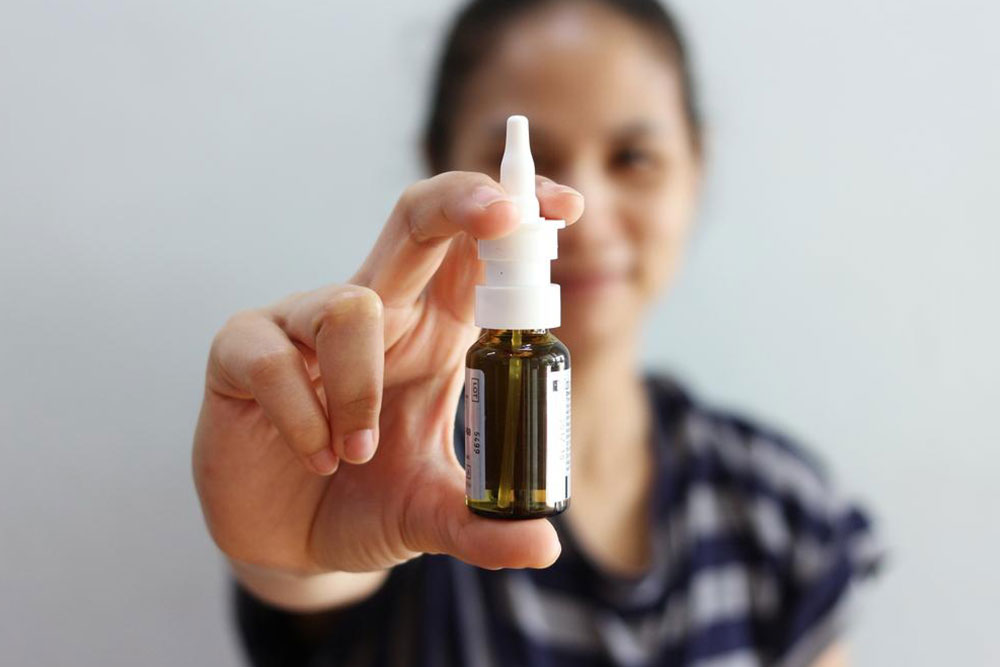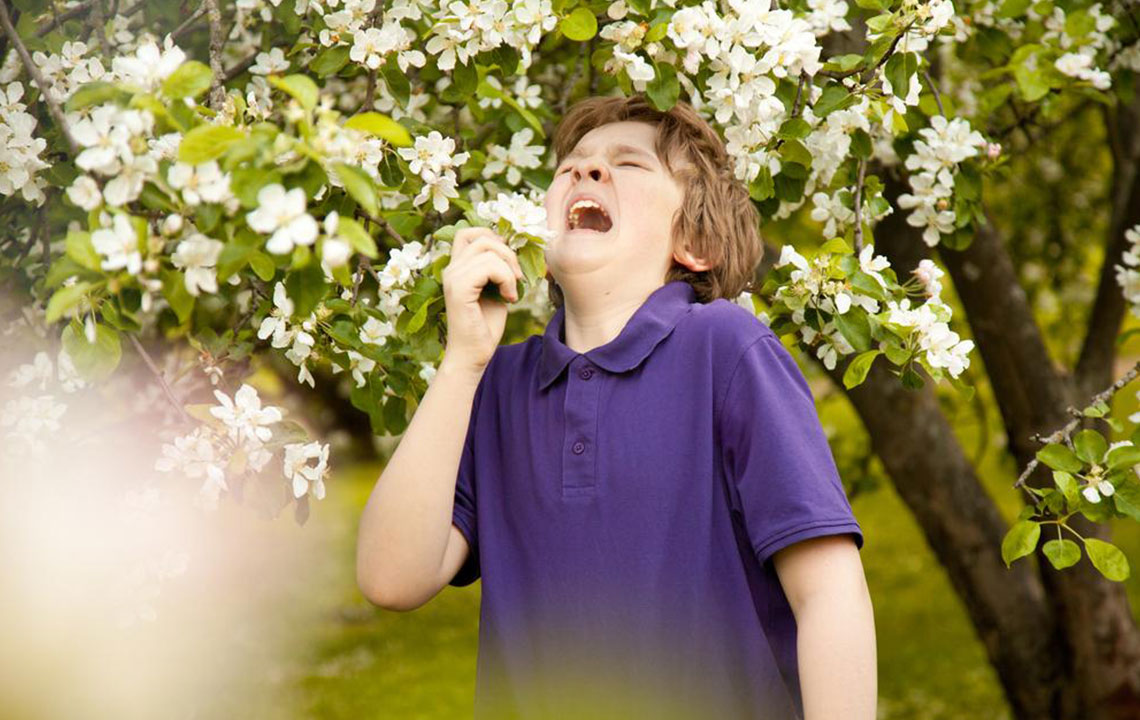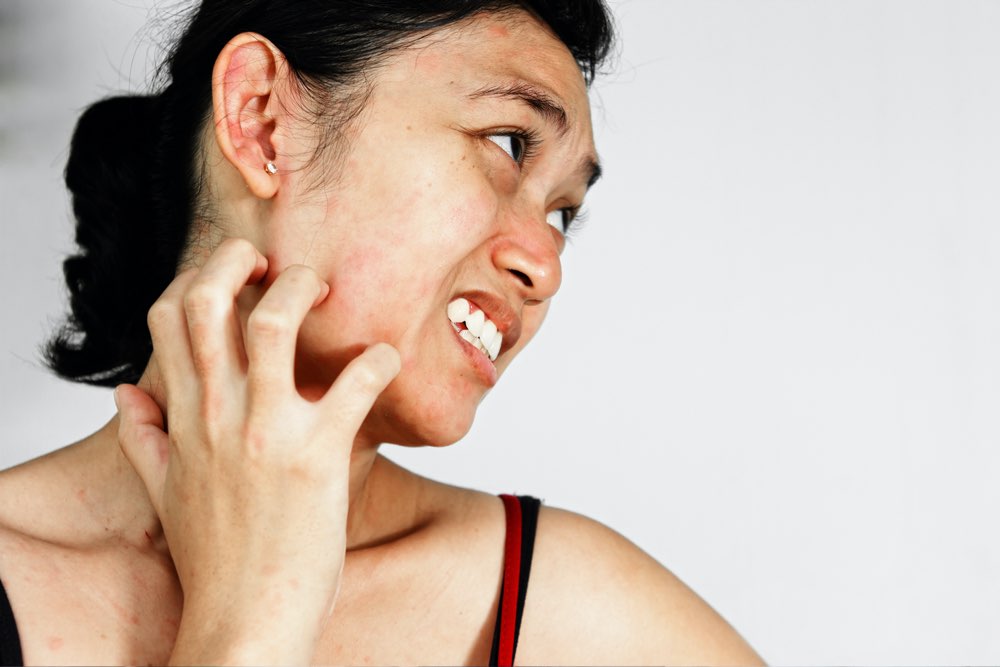Comprehensive Guide to Recognizing and Effectively Managing Fall Allergy Symptoms
This comprehensive guide explores common fall allergy symptoms caused by pollen, mold, and dust, offering practical tips for identification and management. Learn about effective treatments like antihistamines, nasal sprays, and immunotherapy, along with environmental strategies such as maintaining indoor humidity and reducing mold growth. Staying indoors during peak pollen hours and wearing masks outdoors can help prevent allergic reactions. Tailored advice empowers allergy sufferers to enjoy the fall season comfortably and healthfully through proactive measures and medical consultation.

Understanding and Combatting Common Allergies During the Fall Season
As the leaves change color and the temperatures cool down, many people eagerly anticipate the fall season. However, for individuals prone to allergies, autumn can bring a new set of challenges. Fall allergies are often misunderstood, as their symptoms and triggers extend beyond the short-lived pollen dispersal period. Recognizing the causes and adopting effective management strategies are essential steps toward alleviating discomfort and maintaining quality of life during this season.
One of the primary culprits behind fall allergies is pollen, particularly from ragweed, which is notorious for its prolific pollen production. Unlike tree and grass pollens that peak earlier in the year, ragweed's pollen season often lingers into late September and October, sometimes even extending into early November in certain regions. These tiny spores are lightweight and can be carried over long distances by the wind, infiltrating homes and workplaces. It is estimated that about 75% of allergic individuals are sensitive to ragweed pollen, making it one of the most common seasonal allergens.
Interestingly, ragweed allergy can also trigger cross-reactive reactions with certain foods, leading to oral allergy syndrome. Fruits such as bananas, lemons, zucchini, and melons contain proteins similar to ragweed pollen, which can cause itchy mouth, lips, and throat sensations in sensitive individuals. This cross-reactivity complicates allergic responses and underscores the importance of understanding individual triggers for better management.
Beyond pollen, mold spores become more prevalent in fall, especially in damp, humid environments. Mold thrives on decaying leaves, compost piles, and moist indoor areas, contributing further to allergy symptoms. These airborne particles can cause sneezing, nasal congestion, post-nasal drip, and itchy, watery eyes. Dust and dust mites also play a significant role during late summer and fall, aggravating allergic reactions, especially in indoor environments. Proper cleaning and maintaining low humidity can drastically reduce their presence.
Recognizing the symptoms early is crucial for timely intervention. Common signs of fall allergies include a persistent runny or congested nose, sneezing fits, watery and itchy eyes, sore or gritty sensation in the eyes, cough, and fatigue. Some individuals may also experience sinus pressure and headaches. If allergic symptoms persist or worsen, consulting an allergist or healthcare professional is essential to identify specific triggers and formulate an effective treatment plan.
To effectively manage fall allergy symptoms, a multifaceted approach is recommended. Pharmacological treatments such as antihistamines help control sneezing, itching, and watery eyes. Nasal sprays, including corticosteroids, can reduce inflammation within the nasal passages. While decongestants can provide quick relief, their use should be limited and monitored to avoid side effects such as increased blood pressure or rebound congestion. For those with severe allergies, allergen immunotherapy—such as allergy shots or sublingual tablets—can gradually reduce sensitivity to specific triggers over time, providing long-term relief.
Implementing environmental control measures is equally important. During peak pollen hours, especially midday when pollen counts are highest, staying indoors can significantly decrease exposure. When outdoors, wearing masks that filter out particles can prevent inhalation of spores and pollen. Regularly disinfecting heating vents, exhaust fans, and air conditioning filters can prevent the circulation of indoor molds and dust mites.
Maintaining proper indoor humidity levels is vital; using dehumidifiers to keep humidity between 35-50% prevents mold growth and reduces dust mites. Additionally, keeping moist areas dry, avoiding outdoor activities during windy days with high pollen counts, and showering after outdoor exposure can improve allergy management. For individuals sensitive to mold, clearing leaf piles and decaying vegetation around the home also reduces indoor mold spores.
Being proactive about allergy management during fall can greatly improve comfort and health. Education about seasonal triggers, proper use of medications, and environmental modifications form the cornerstone of effective allergy control. Remember, personalized allergy management plans developed in consultation with healthcare professionals are the most successful in reducing symptoms and improving quality of life during the autumn months.





